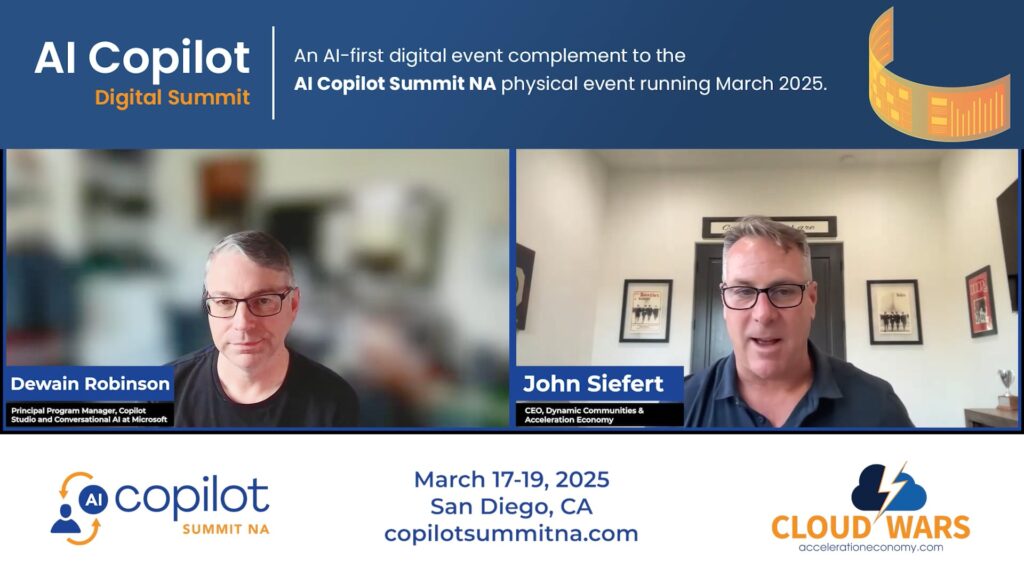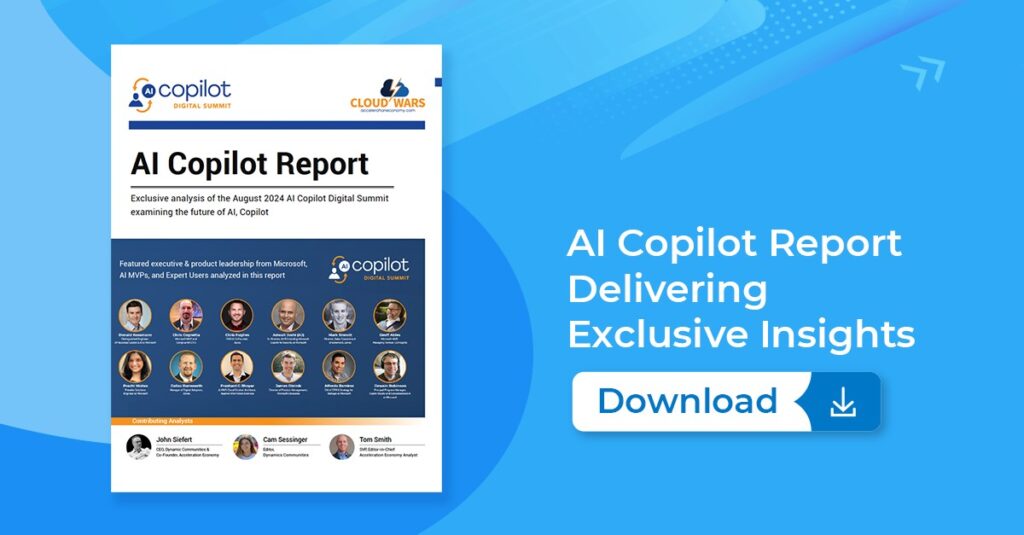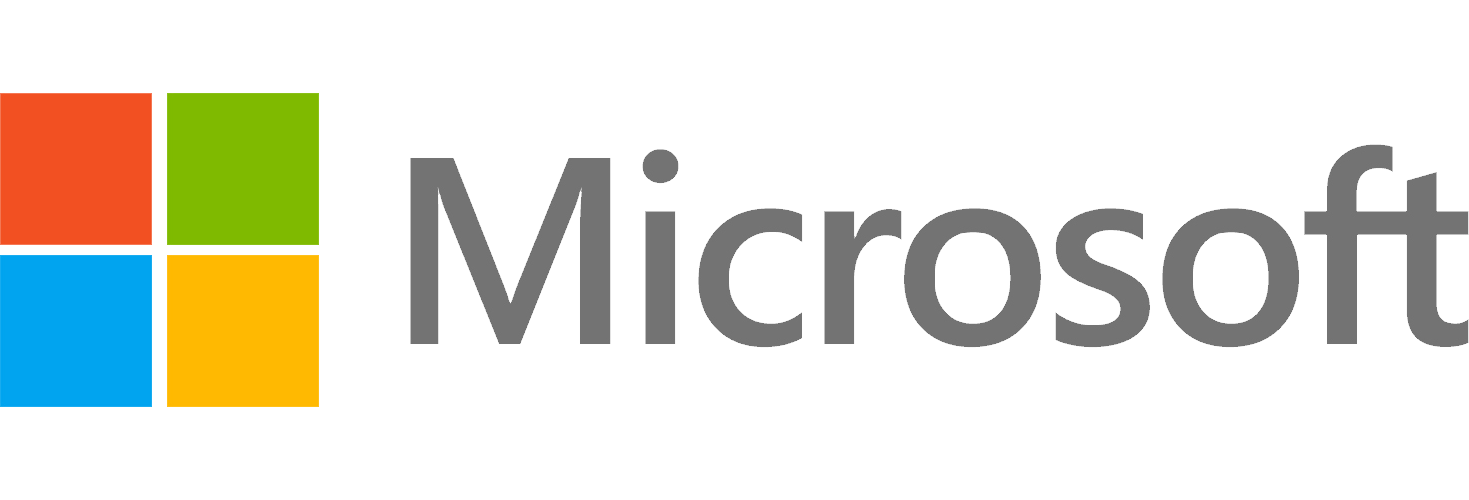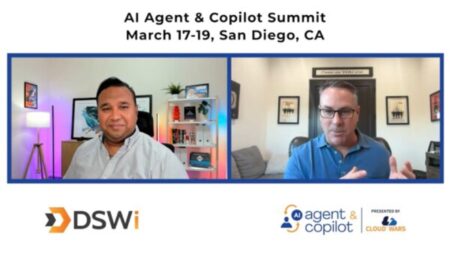
Microsoft Copilot Studio is a platform that facilitates the orchestration of development work and is optimized for applications where data quality has been validated. Dewain Robinson, Principal Program Manager, Copilot Studio and Conversational AI at Microsoft, spoke about this platform at the recent AI Copilot Digital Summit with Dynamic Communities and Cloud Wars CEO John Siefert.
Defining Copilot Studio
Robinson kicked things off by defining Copilot Studio, which enables users to create their own Copilots and build and run them on an end-to-end basis. “When you think about Copilot Studio, a lot of people think about the authoring canvas, or authoring Copilots and things of that nature. And I think that’s kind of the misnomer when it comes to this product because it’s actually an end-to-end Copilot-building platform,” said Robinson.
“It has everything from the creation process to the hosting, to DevOps, even reporting inside of the box.” Microsoft designed Copilot Studio to enable “fusion” development to allow no-code and pro-code users to work collaboratively on projects.
To that end, some in the Microsoft community have struggled to understand the difference between Azure AI Studio and Copilot Studio.
Robinson explained the difference with an example: “Maybe you want to have a Copilot that all it does is generate RFP responses. And so that’s what you do inside of Azure AI studio. But when we say, ‘I actually want to have a Copilot where not everything is generative,’ or ‘I have multiple different generative AI modules that I want to bring together in one conversationally orchestrated implementation of a Copilot,’ you actually start playing in Copilot Studio.”

AI Agent & Copilot Summit is an AI-first event to define opportunities, impact, and outcomes with Microsoft Copilot and agents. Building on its 2025 success, the 2026 event takes place March 17-19 in San Diego. Get more details.
Conversational Orchestration
One of the most important capabilities of Copilot Studio is conversational orchestration. Robinson explained that when developers are looking to call APIs for certain functions, ask follow-up questions, and get the context of conversations, Copilot Studio can be a powerful asset. “That’s what conversational orchestration is like,” he said.
“What we see a lot of people thinking is RAG [Retrieval Augmented Generation] pattern, RAG pattern, RAG pattern,” he said. “And when you think about that, that’s like, search over all this data, get the search results, and then come back and have a conversation and summarize that.” Copilot Studio can “get you to the right place” for optimal productivity with conversational orchestration.
Core Use Cases
As with any emerging technology, it’s important to approach Copilot Studio with a clear strategy in mind. Robinson recommended how and where users can get started for the greatest impact. “Everybody seems to think that the place to start is with employees, and that’s the lowest return on investment,” he said.
Employees’ own data is difficult to secure, it’s low volume and of low quality. Instead, he says, the best place to start is with an application that deals with public data. “You get into public data that’s been published, that’s been sanitized. When you publish data to your website, you have a data-publishing process to make sure that that data is good,” he said, “and there’s a quality-of-service type of thing.”
Banks and insurers are embracing applications and the Copilot Studio approach and, in so doing, will be setting standards for others to follow. Robinson added that companies are quickly recognizing that if the technology is secure enough for the financial services sector, it is certainly robust enough to roll out in other industries too.










